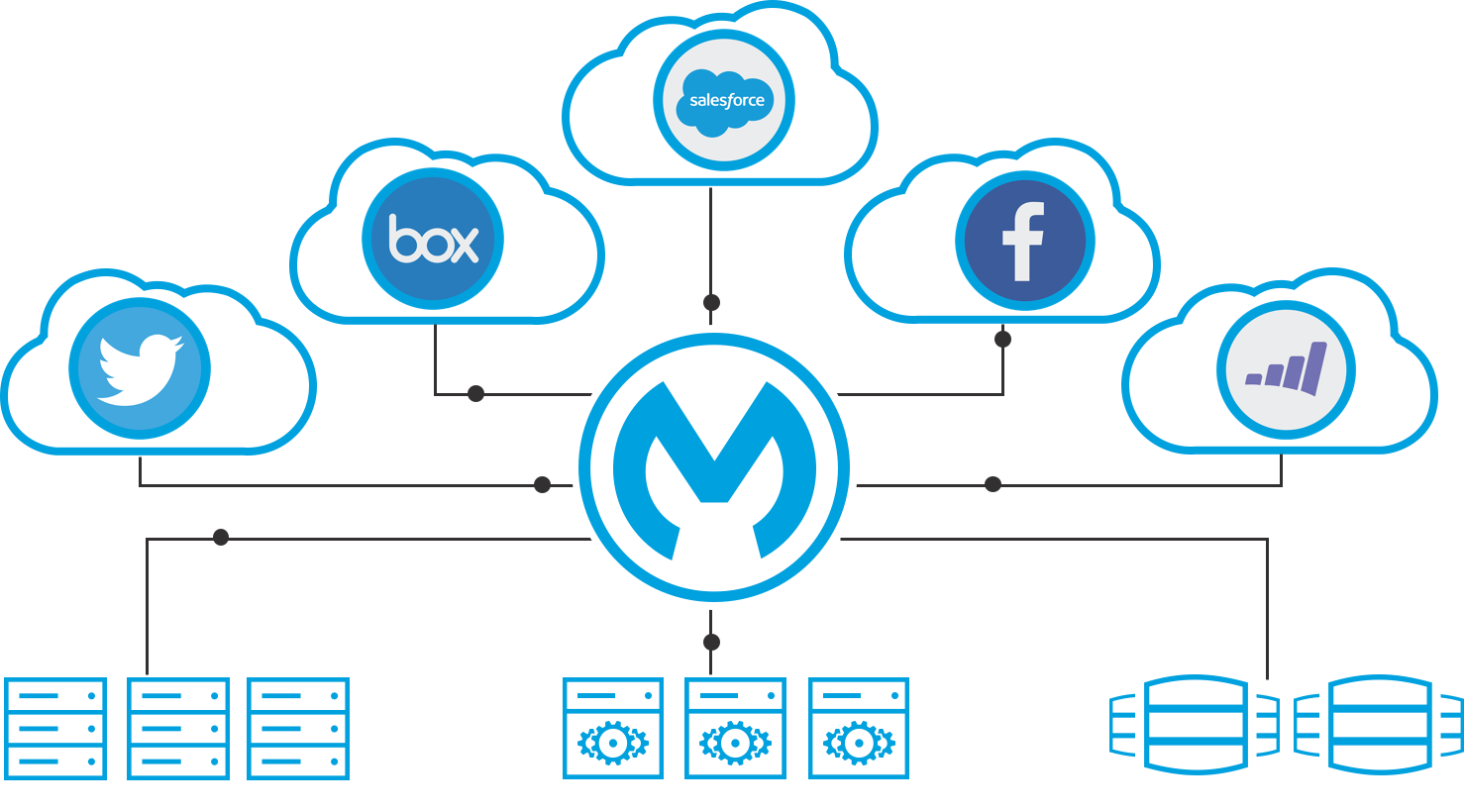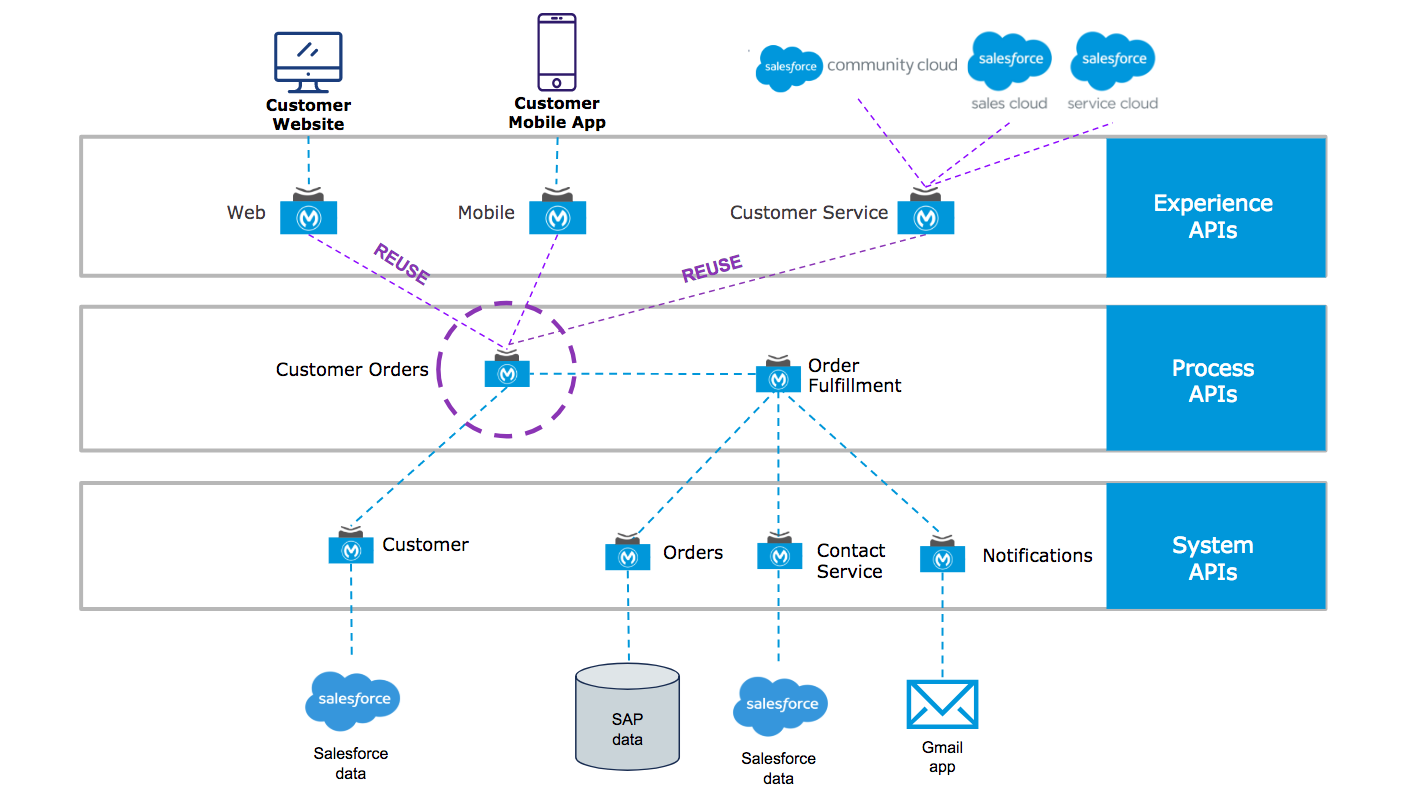
What is Middleware and Why Should You Use?
The business market is full of different cloud systems, mobile applications and software platforms each with unique API layers, configurations and communication capabilities. So how can you make them all work together? Imagine a room full of people all speaking a different language. You need something to behave as an interpreter to make sense of what is being discussed. This is where a middleware service can extend the functionality of an entire system. The purpose of middleware is to bridge connections between different applications, platforms or services. The middleware plays a critical role in transforming and parsing data so each platform can communicate with one another.
How can a legacy platform communicate with a modern cloud system? Middleware transforms the old format into a newer protocol and thus extends the lifespan of the older platform. This is a widespread problem for large corporate entities who haven’t pivoted to modern software due to incompatibility or distributed infrastructure. These organizations still rely on older legacy software and hardware. Properly developed middleware can alleviate these compatibility issues and yield greater functionality.
Building an application network with MuleSoft using an API-led connectivity approach was a much better choice for Cloud Kicks. Here’s a side-by-side comparison of these two scenarios:
| Scenario 1: Tightly Coupled Integration | Scenario 2: API-Led Connectivity |
|---|---|
| Design for short-term needs | Design for future flexibility |
| Point-to-point integrations | 3-layered API architecture |
| Scale by repetitive effort | Scale by reuse |
| Spaghetti code | Application network |
Mule as an ESB, a middleware solution
Mule Enterprise Service Bus is a middleware technology that quickly, easily, and securely connects the enterprise.

Anypoint Enterprise Security: Protect against threats and safeguard systems from attacks easily. Anypoint Enterprise Security makes it easy to maintain data integrity and protect APIs and endpoints.
Mule Enterprise management: Middleware connectivity management with MuleSoft makes it easy for organizations to obtain visibility in order to easily manage enterprise resources and operations, all the while equipping businesses to tackle any errors that may arise.
DataWeave: Extract, load, filter, and transform data with a simple yet powerful data mapping. With little coding required, it is easy to deliver visual designs of complex data transformations to be used with Mule flows.
Anypoint Studio: A drag and drop graphical design environment that allows users to create integrations quickly and easily. Any developer with Java experience can be productive in minutes.
Anypoint Service registry: As the next generation platform for SOA Governance, Anypoint Service Registry offers policy and contract management, service analytics monitoring, service virtualizer, and service repository
The three tiers of APIs align with the respective responsibilities:-
- Sales and service data from Salesforce, SAP, and the Gmail app each have their own System API.
- Those System APIs aggregate into two Process APIs called the Customer Orders API and the Order Fulfillment API.
- Three Experience APIs, one for mobile, one for web, and one for customer service take customer order and order fulfillment data and deliver them to the right end systems.

